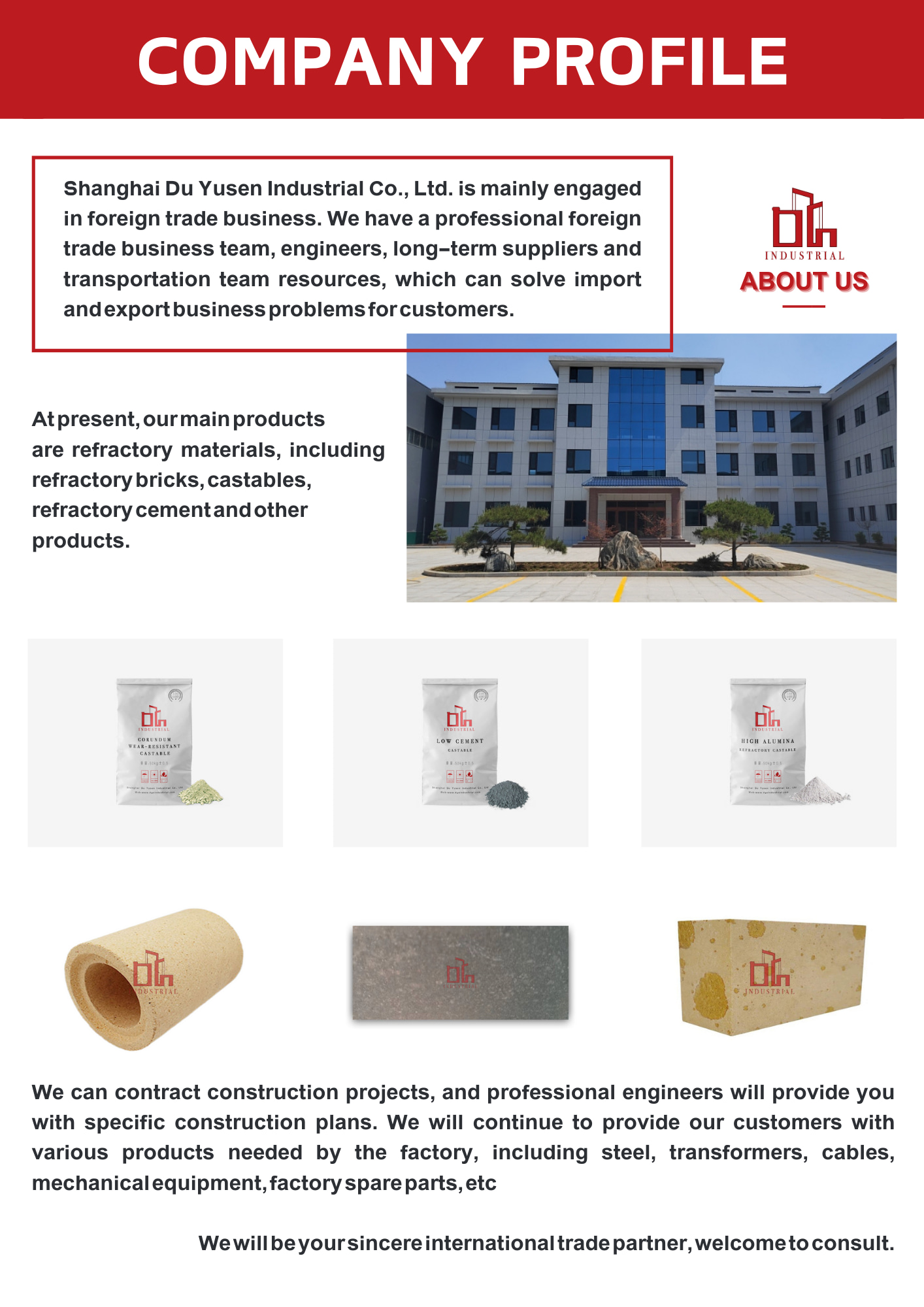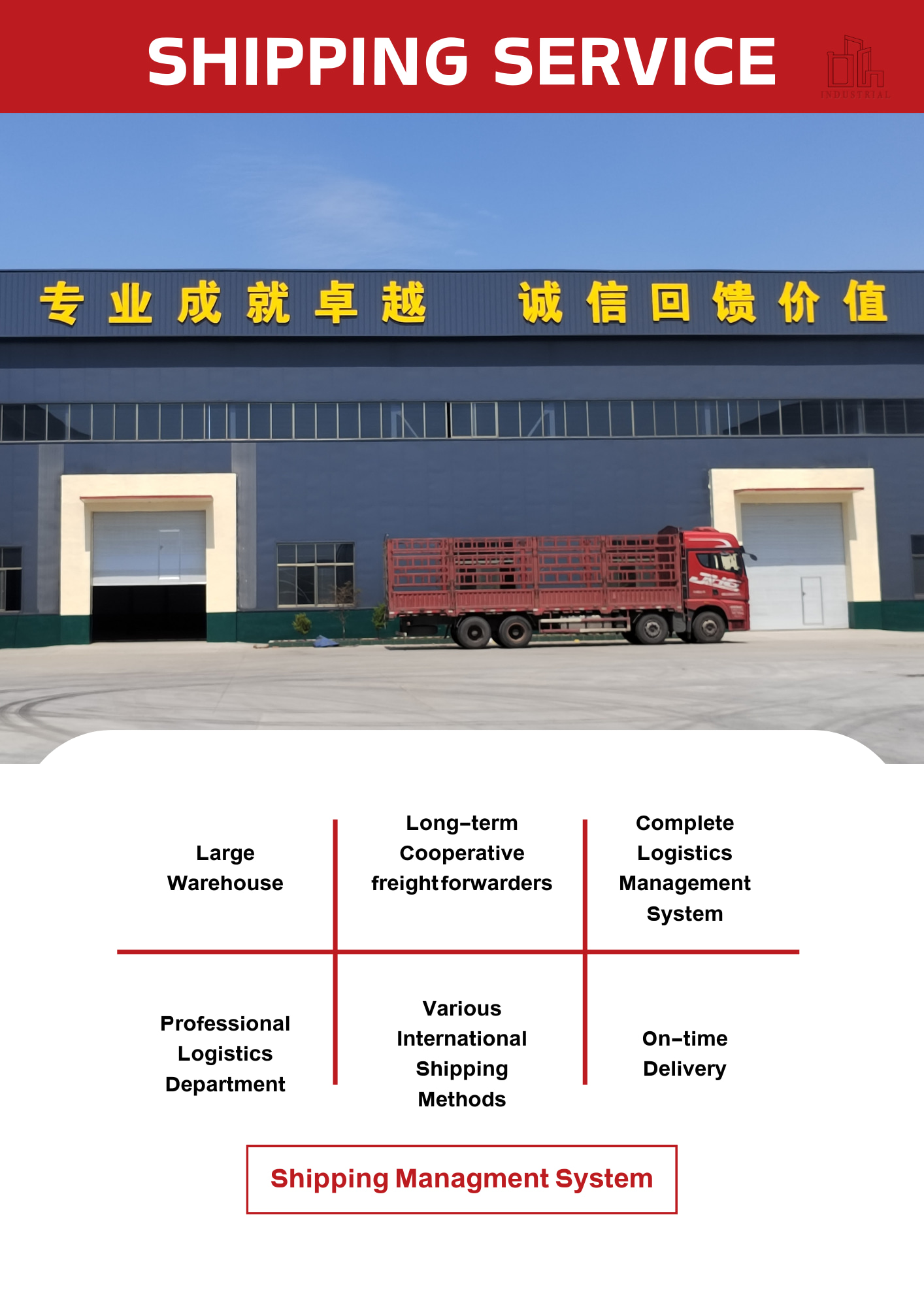High alumina checker bricks, also known as checkerwork bricks or regenerator checker bricks, are specialized refractory bricks used in regenerators of certain types of industrial furnaces, such as regenerative thermal oxidizers (RTOs) and regenerative glass melting furnaces. These bricks are designed to optimize heat exchange and energy efficiency by alternating hot and cold gas flows in the regenerator system.
Payment :
In AdvanceProduct Origin :
ChinaShipping Port :
Shanghai PortLead Time :
15 Working daysProduct parameters:
| Item | Grade | ||
| DYSHACB-65 | DYSHACB-55 | DYSHACB-48 | |
| Al2O3, %, ≥ | 65 | 55 | 48 |
| Refractoriness, ℃ , ≥ | 1780 | 1760 | 1740 |
| Refractoriness Under Load of 0.2MPa, ℃ , ≥ | 1500 | 1470 | 1420 |
| Linear Change after Reheating, %, 1500℃x2h | 0.1~-0.4 | 0.1~-0.4 | 0.1~-0.4 |
| Apparent Porosity, %, ≤ | 23 | 22 | 22 |
| Cold Crushing Strength, MPa, ≥ | 50 | 45 | 40 |
Key features and characteristics:
Checkerwork Design: Checker bricks are typically shaped like a cube or checkerboard pattern with a honeycomb structure. They have a series of interconnected channels or flues running through them. The arrangement of these channels allows the bricks to efficiently transfer heat between the hot and cold gas streams.
High Alumina Content: High alumina checker bricks are made from high-purity alumina aggregates, with alumina content ranging from 50% to 90% or above. The high alumina content provides excellent refractoriness and thermal resistance, allowing the bricks to withstand high temperatures.
Thermal Shock Resistance: Checker bricks are designed to withstand rapid temperature changes and thermal cycling without cracking or spalling. They must be capable of handling the alternating exposure to hot gases during the "on" phase and cooling gases during the "off" phase of the regenerator cycle.
Low Thermal Conductivity: High alumina checker bricks have low thermal conductivity, which helps reduce heat loss and improve the efficiency of heat transfer between the hot and cold gas streams. This property helps maximize energy savings in regenerative systems.
Chemical Resistance: These bricks exhibit good resistance to chemical attack from the gases and atmospheres present in the regenerator environment. They are designed to resist the corrosive effects of combustion products, reducing agents, or other process gases encountered in the specific application.
Application:
The checkerwork arrangement of the bricks enables them to achieve efficient heat recovery, reducing fuel consumption and overall operating costs. This specific brick design allows for the effective transfer of heat between the hot and cold gas streams, maximizing thermal efficiency in regenerative systems.



Tags :